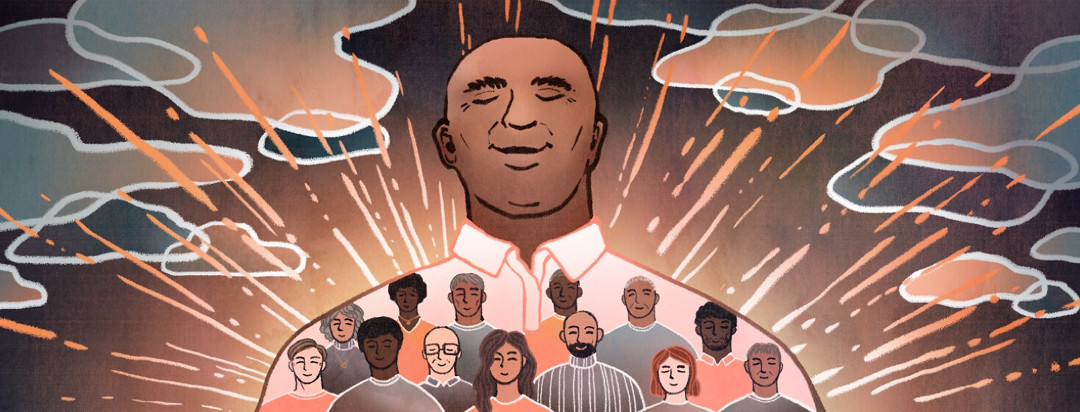Positive Relationships and Support Networks
The love of a partner, supportive friend, or family member can make a profound difference in life. Relationships can lean either positive or negative, potentially wreaking havoc on brain fog and symptom severity.
Surround yourself with a loving and nurturing presence, and life is more palatable. Surround yourself with a toxic and degrading presence, and life can seem unbearable. Others love me, and I am strong. I love myself, and I am courageous.
Who is in my support network?
“Being deeply loved by someone gives you strength while loving someone deeply gives you courage.” – Lao Tzu
The love of my kids and my mom have always served as anchors during stormy waters. The past few months, I can count the love of a supportive partner on my list of beacons of benevolence and positivity.
My friends in my Wake Up Narcolepsy small group, my co-advocates, mentors, friends with Project Sleep, and my Twitter #NChat family have also served as staples of support.
Mental health counselors and therapists
Maintaining solid communication with my healthcare team is another cornerstone. There are years and seasons of my life when I have a counselor or therapist to guide me through the hardships. Some strides can be made with supportive friends and family. Other times require the assistance of a skilled counselor. I never hesitate to add their help when needed.
I’m a strongman, I’m a dad, and I am tough as nails. I also cry often, seek professional help when needed, and share my feelings. No stigma is going to curtail my growth.
Tapping into my web of support
This is the framework of my support network. Without each strand of that web of support, my network weakens. As I face down some new challenges, their help becomes more critical. The best support network in the world is irrelevant if I don’t reach out for support.
It has taken time and structure to properly implement a call for support. I found that it is best to take a proactive approach instead of a reactive approach.
When life starts increasing in stress or “little t” traumas occur, I take personal inventory. I ask the expert on my life (me) some direct questions:
- Where am I mentally?
- How am I navigating the disruptions?
- What are the impacts on my narcolepsy symptoms and commodities?
- How can I reach out to my support?
- Where do I need help, how does that look?
- Who can I ask for help?
- What do I need from my support?
- Do I need to call a therapist or counselor?
Identifying the problem often helps relieve some of the tension. Keeping my tears flowing helps keep my cataplexy manageable. Talking with friends and supporting others during their challenges keeps me out of my head and alleviates the excessive sleepy moments.
Putting a plan in action
Every step involves actions. The actions help me recognize what I do have power over: my thoughts (to a degree), my choices, and my behaviors. Feelings of powerlessness can lead to paralysis via analysis. The serenity prayer is a mantra too. Learning to let go helps, especially when I have stability from my support.
A family of choice and a family of origin are both essential components. I look for candid and direct perspective. If I want advice, I ask for it. When I need a sounding board, I request that. Supporters who know about my health struggles are a must. With them, I don’t have to use time explaining background and can focus on solutions.
My spoons are low, and my tank on fumes, but forward is my way to the future. This journey is possible alone but exponentially more difficult. The World’s Strongest Person having narcolepsy with cataplexy approved this message.

Join the conversation